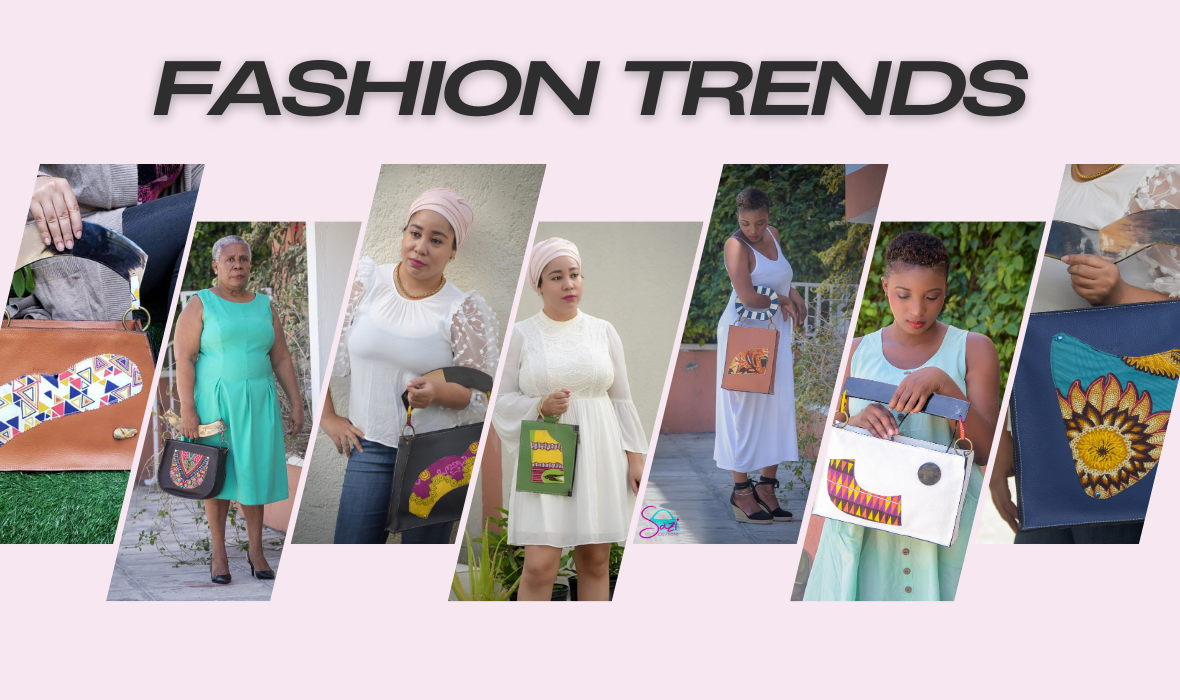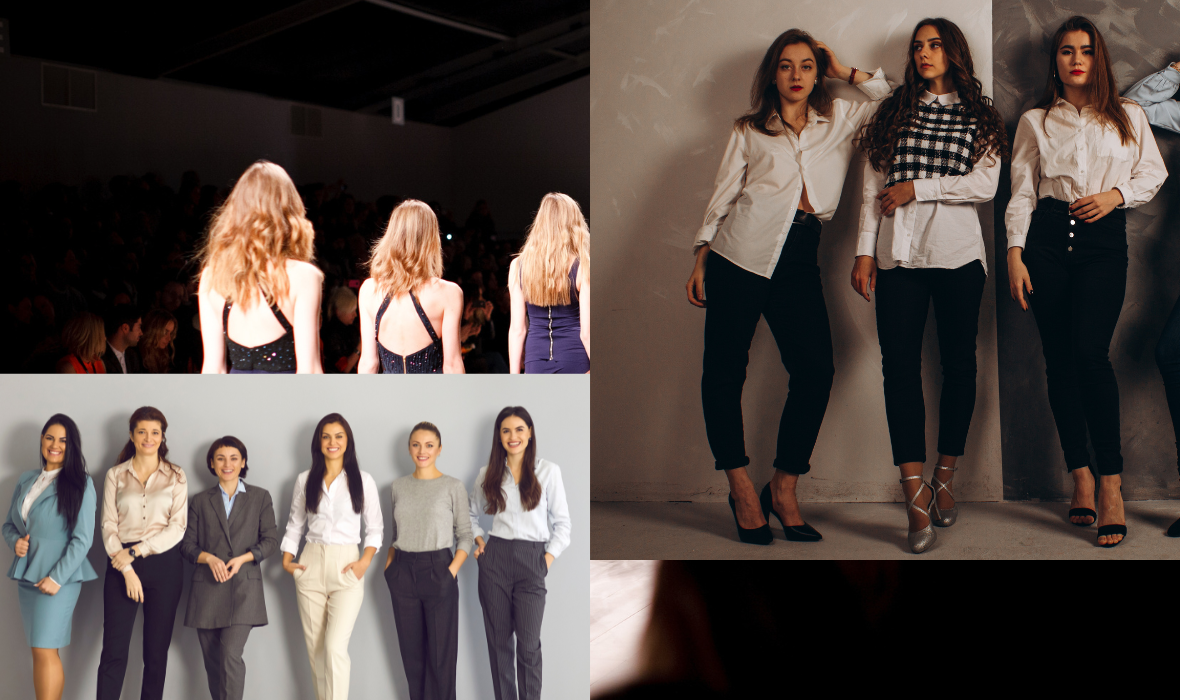Trends in Colors to Wear in December 2023: Winter Elegance and Festive Sparkle
The brief respite from snow and sleet that is Canadian spring and summer may be here, as evidence by tulips blooming and birds chirping. But we all know that the deep freeze won’t be gone for long, and one Calgary-based facialist’s M.O.


